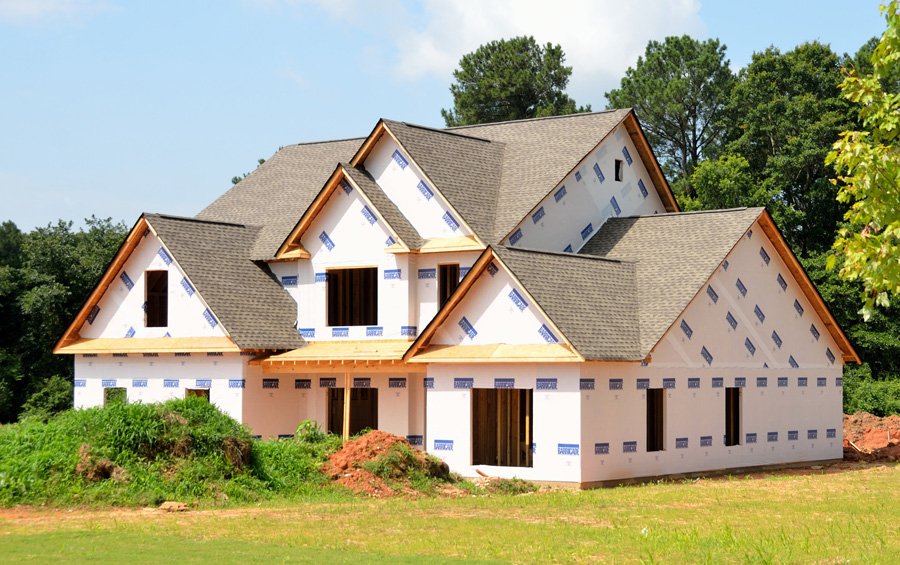
Residential construction refers to the process of building homes or apartment buildings. It involves a series of intricate steps that must be meticulously planned and executed to ensure the final structure meets safety standards, aesthetic preferences, and functional requirements. Proper planning and adherence to regulations are crucial to the success of any residential construction project.
Key Considerations Before Starting
Before breaking ground on a residential construction project, several key considerations must be addressed to avoid delays, legal issues, and cost overruns. Understanding local building codes and regulations is paramount. Each municipality has its own set of rules governing construction practices, including zoning laws and permit requirements. Failure to comply with these regulations can result in fines or even halting the construction process.
Budgeting is another critical consideration. Establishing a realistic budget early on helps in determining the scope of the project and ensures financial feasibility. It’s essential to factor in costs for materials, labor, permits, and unexpected expenses. Various financing options, such as construction loans or mortgages, should be explored to secure adequate funding for the project.
Planning Phase
The planning phase sets the foundation for a successful residential construction project. Hiring the right architect and contractor is key to translating your vision into reality. An experienced architect can design a home that aligns with your lifestyle and aesthetic preferences while complying with building codes. Similarly, selecting a reputable contractor with a proven track record in residential construction ensures quality craftsmanship and timely completion.
During this phase, detailed plans and drawings are created, outlining the layout and functionality of the home. Considerations such as room sizes, traffic flow, and natural lighting are meticulously addressed to enhance comfort and livability. Engaging in open communication with your architect and contractor fosters collaboration and ensures that all aspects of the design meet your expectations.
Pre-Construction Preparation
Before construction begins, thorough site selection and evaluation are essential. Factors such as soil stability, drainage patterns, and proximity to amenities influence site suitability. Conducting a site survey and feasibility study helps in identifying potential challenges and devising mitigation strategies. Additionally, securing necessary permits and permissions from local authorities is imperative to avoid legal setbacks during construction.
Construction Phase
The construction phase is where the vision starts to materialize into a physical structure. It typically begins with site preparation, including clearing and leveling the land. The foundation is then laid, providing a stable base for the structure. Depending on the design and local climate, various foundation types such as slab-on-grade or basement may be utilized.
Once the foundation is in place, the structural framework is erected using the chosen building materials, whether wood, steel, or concrete. This phase includes framing exterior walls, roof trusses, and installing windows and doors. Simultaneously, plumbing, electrical, and HVAC systems are roughed in to ensure functionality and safety.
Interior and Exterior Finishes
Choosing appropriate materials for interior and exterior finishes is crucial for both aesthetic appeal and durability. Factors such as climate, maintenance requirements, and budget influence material selections. Popular choices include siding materials like brick, stucco, or vinyl for exteriors and hardwood, tile, or carpet for interiors.
Energy-efficient features are increasingly prioritized in residential construction. Installing insulation, energy-efficient windows, and appliances not only reduces utility costs but also minimizes environmental impact. Sustainable building practices, such as using recycled materials or incorporating renewable energy sources, contribute to long-term sustainability and homeowner satisfaction.
Quality Control and Inspections
Throughout the construction process, quality control measures and inspections are conducted to ensure compliance with building codes and industry standards. Regular site inspections by building inspectors and project managers verify that workmanship meets specified requirements and safety protocols. Any deviations or deficiencies are promptly addressed to maintain construction quality and regulatory compliance.
Final Touches and Completion
As the residential construction project nears completion, attention shifts to final touches that enhance curb appeal and interior ambiance. Landscaping plays a crucial role in enhancing the exterior aesthetics, with options ranging from simple lawns to elaborate gardens or hardscape features. Interior design choices such as paint colors, cabinetry, and lighting fixtures reflect personal preferences and style.
A final walkthrough with the contractor allows homeowners to inspect the finished home and identify any remaining issues or adjustments needed. Addressing these items promptly ensures that the completed residence meets expectations and functional requirements. Handover of keys and legal documentation mark the conclusion of the construction phase, transitioning to the homeowners’ responsibility for maintenance and enjoyment of their new home.
Conclusion
In conclusion, successful residential construction projects require careful planning, adherence to regulations, and effective project management. By addressing key considerations before starting, engaging in thorough planning and preparation, and maintaining quality control throughout the construction process, homeowners can achieve their dream of a well-built and functional residence. Looking ahead, ongoing maintenance and responsible homeownership ensure the longevity and value of the investment in residential construction.

